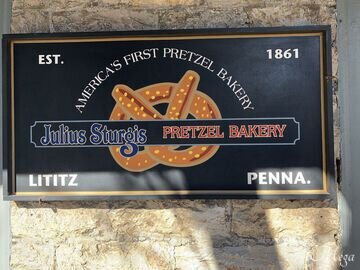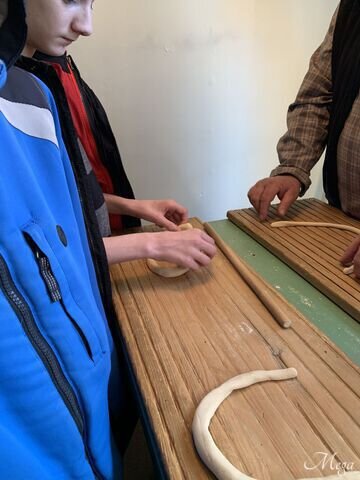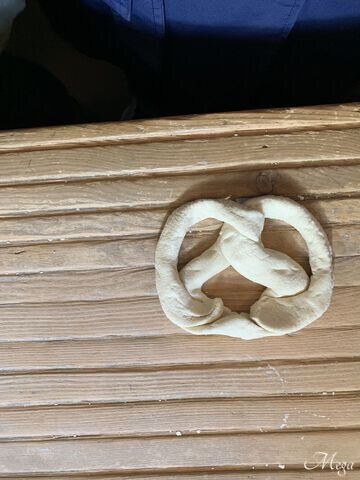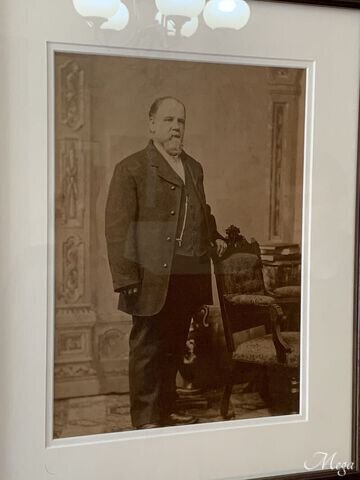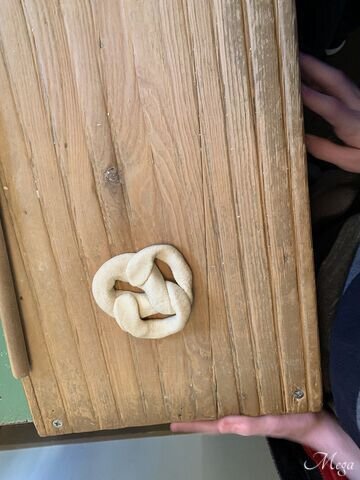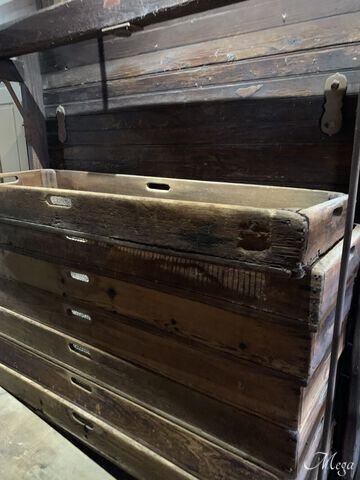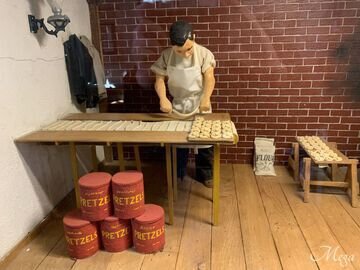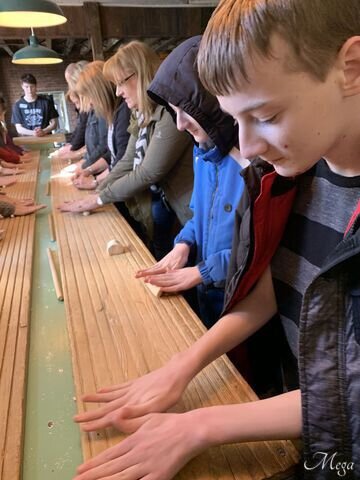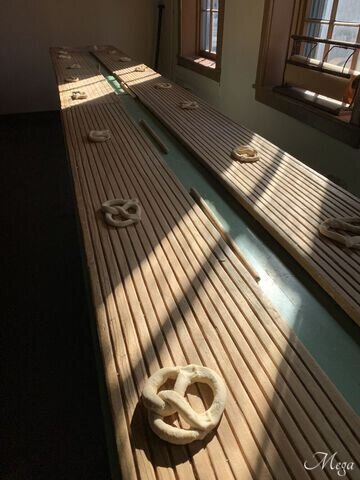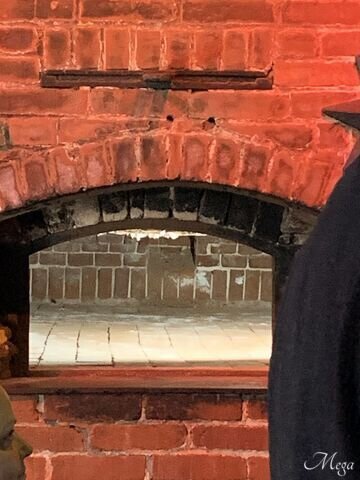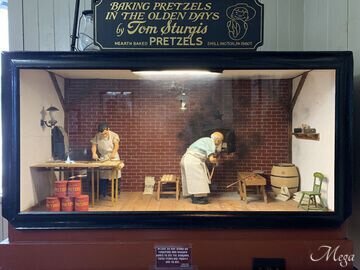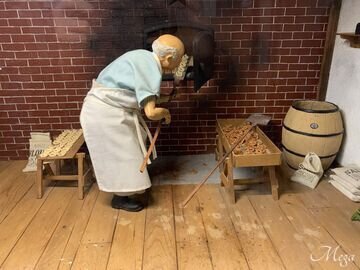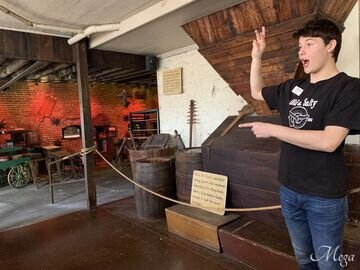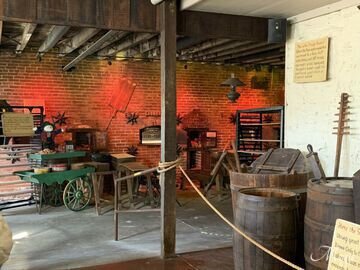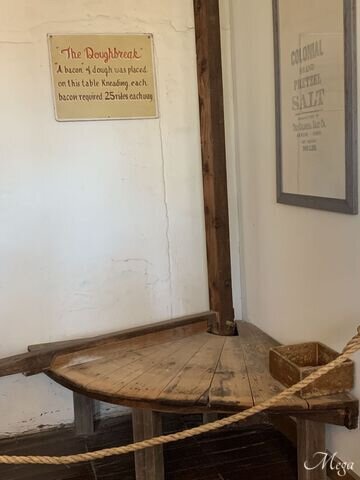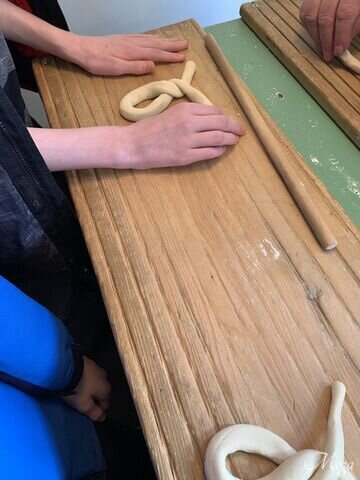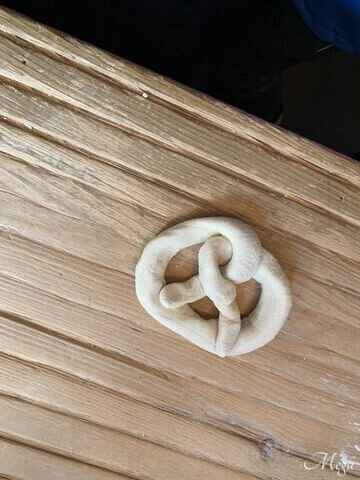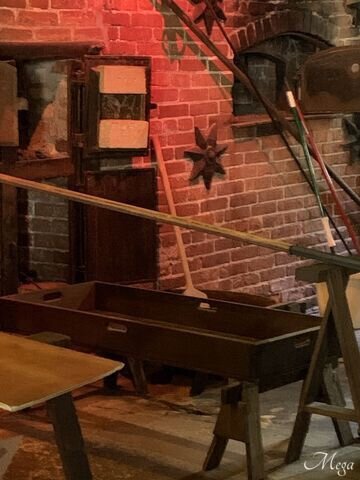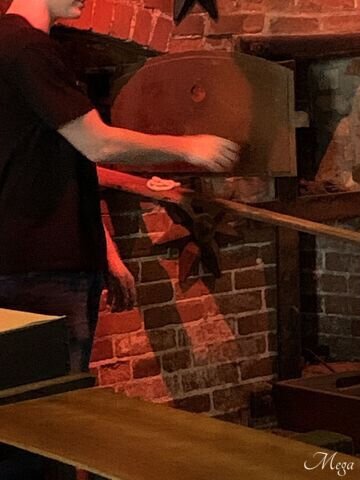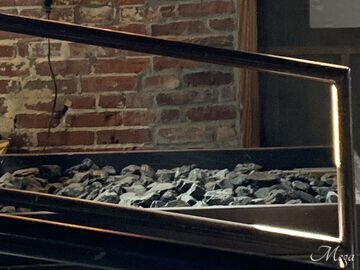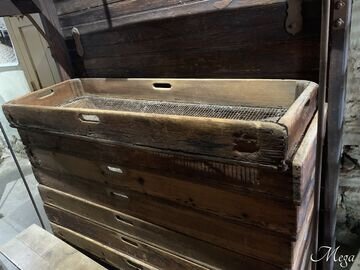German Culture: The Story of the Lenten Pretzel
Back in the 7th century, in Germany, when fasting in the Catholic Church was more extreme than it is today - pretzels were made to quench the appetite and to supply nutrients to those who were fasting. Being asked to forego meat, eggs, and dairy - or anything from an animal, pretzels became the thing to help people with their fast…
But the meaning behind these pretzels goes even deeper than that. Pretzels were a symbol of good luck, prosperity, and spiritual fulfillment. The Criss Cross part of the pretzel that looks like a knot, was a symbol of tying the knot ~ of union and marriage, an everlasting partner, loyalty, and fidelity. The holes in the pretzel represented the Trinity, the Father, Son and Holy Spirit… showing that God was present within the relationship and the marriage of the people getting married. By the 17th century ~ the pretzel as a symbol of “undying love”. The pretzel was first created by a monk to symbolize a child crossing their arms over their chest in prayer; as the monk had the children memorize their prayers, he would give them a piece of this delicious bread as a reward. The became known as: “little rewards” or “pretiolas.” They are also called Brezel, Bretzel, Brezn, or Breze. In Germany, pretzels appeared on the crests of German Bakers Guilds around 1111. We also find St. Bartholomew pictured with pretzels symbolizing spiritual wholeness and well-being. Pretzels were eaten in Germany, especially on Good Friday, and later, as their fame spread, were eaten at wedding ceremonies, given to the poor for sustenance, and also given to children to reward them for good behavior.
While German immigrants brought pretzels with them to America, and many of them settled in Pennsylvania, Julius Sturgis developed the first hard pretzels that were commercially produced in Lititz, PA. Having his children help in the bakery, they hand-made soft and hard pretzels. Keeping the Pretzels in their brick ovens longer, they were able to make their soft pretzels crispy. Eventually, pretzel machinery was made to increase the production of pretzels so they could be packaged, sealed, and delivered. Sturgis found if you stored pretzels in an airtight container in their crispy form and state, then they would last longer. Pennsylvania makes 80% of all pretzels in the United States. Currently, most people will find soft pretzels in the celebrations of Oktoberfests around the globe.
If we look closely at the pretzel, we can see the pretzel as a symbol of our own spiritual life. While we can be the modeler or designer of the shape of the dough, God is the designer of us, and invites us into participation and community with God and with others - for the journey. While sometimes we may be soft or hard, we were still created good in the image and likeness of God. Sometimes, the world makes us hard, like when a pretzel is left in the oven too long… and so we become crisp, and strong to stand up for what is right and just, or to be able to endure the trials and tribulations that come in our direction. Sometimes, our experiences in the world make us soft, like a soft-cooked pretzel, where we grow in warmth and tenderness, love and kindness, and show others the goodness of God that we have experienced in our own lives. Every lent, as we pray, give alms, and fast (in whatever ways), we are refined like the soft pretzel and the hard pretzel… both sides - our soft side and our hard side are refined, and made more in the image and likeness of God.
Please find our gallery below with the highlights from our trip to the Julius Sturgis Pretzel Factory, in Lititz, PA and The American Brewing Company and Restaurant (Root Beer and other brews) ~ A wonderful experience for youth and adults alike!

